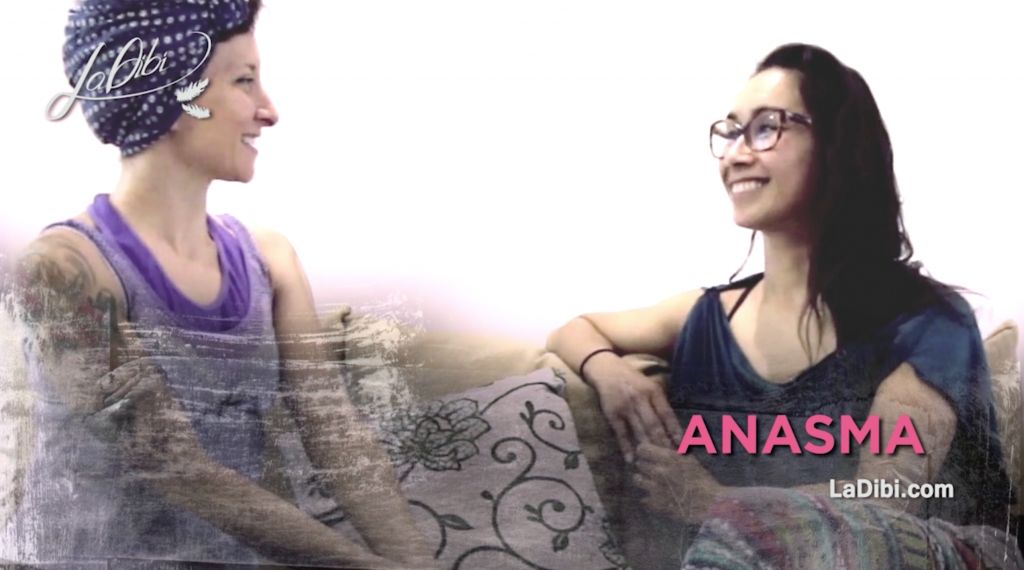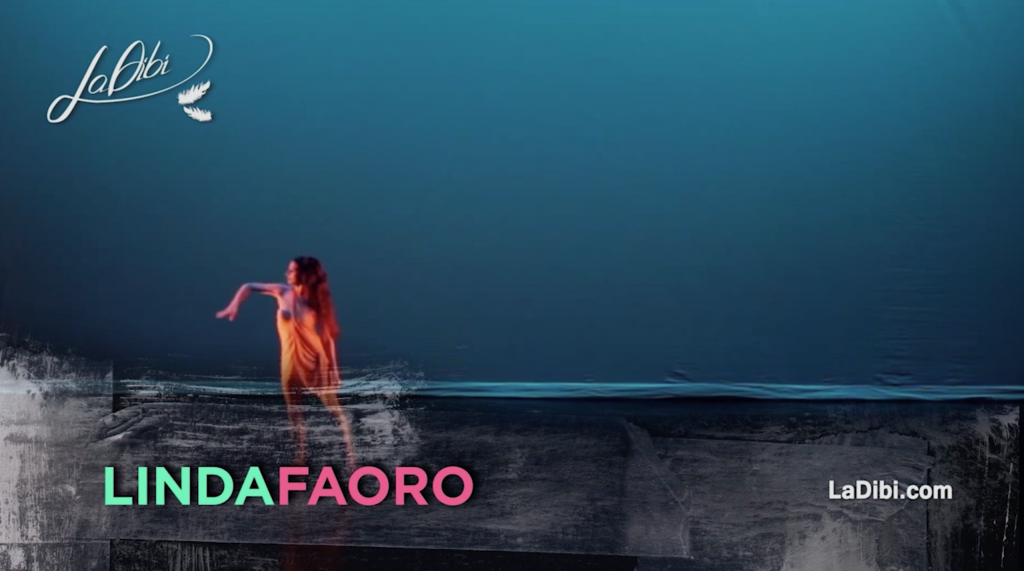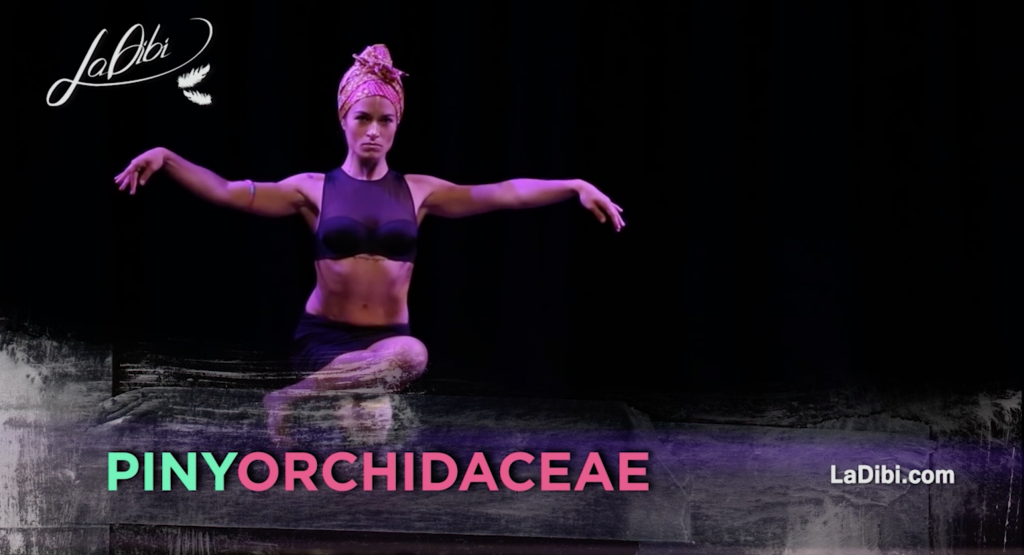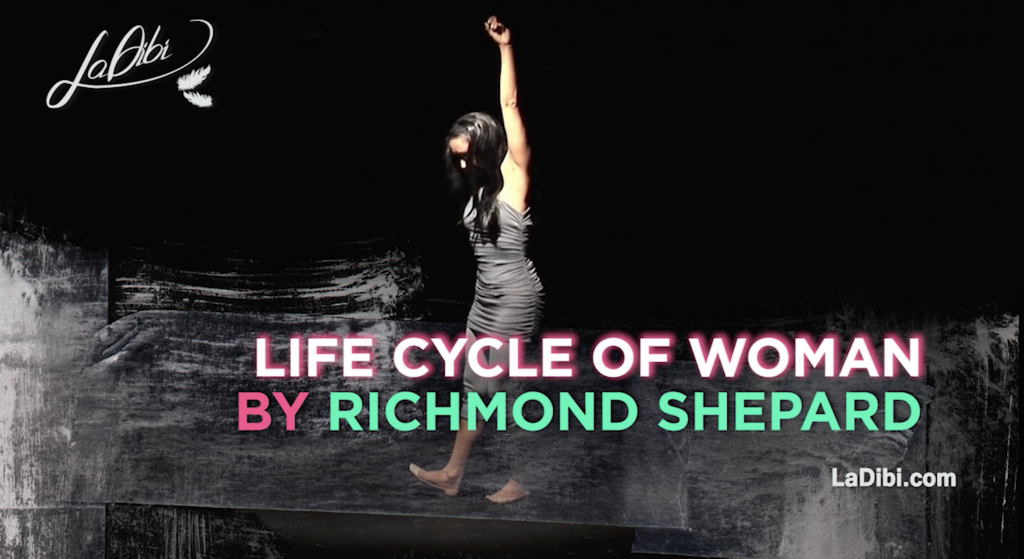A Special Guest on LaDibi’s Sofa – Anasma
The first show of Anasma’s that I saw was an early version of her Charlie Chaplin show. I was enchanted by the quality of the storytelling and the impeccable technique.
After seeing many artists on stage representing derivative works, striving to become a clone of the enchanting Rachel Brice, a clone of the splendid Carolena Nericcio, a clone of the intriguing Joe Jakes and clones of every other influential performer, striving for anything but an authentic and truly original performance, you can imagine my relief on those rare occasions when I discover a new dancer with an original style. And if she is, like me, dedicated to the research of Dance and Theater, I am even more happy to find her.
I was seriously starting to ask myself about the value of the general approach to Tribal Fusion and our role as dancers and teachers.
Returning our focus to Bali in the recent past, let me tell you about meeting with Anasma who tells us about her experience in our chat on LaDibi’s Sofa in this episode.

Here an excerpt, extra content, as a sort of preview of the video interview.
Training
Her studies are rooted in both academic and folk styles. Anasma is dedicated to Modern and Contemporary Dance and incorporates Oriental Dance, also known as Middle Eastern Dance or Belly Dance, with hip-hop dance, yoga, and drama. She experiments using the different techniques that she has acquired over time.
Her Mentors
Anasma continues to learn from her colleagues and students, as she explains in the interview. But several artists have been particularly influential for her.
Future

Hip-hop dancer Future was important to her for the wave technique and the hip-hop dance mindset. Future’s approach as a teacher is very particular. He includes his philosophy of life in teaching, thus giving a deeper value to movements and the study of dance.
Dominique Lesdema

Dominique Lesdema, on the other hand, struck Anasma mainly because he urged her to go deep into the research of the movement itself. Lesdema marked the transition from the layering and dissociation bodywork of Oriental Dance, to the harmonization of movements, making them fluid even in the transitions. His approach provides an ideal connection between the various dance styles that Anasma has studied, refining the expression, moving from the inner work to the external movement in perfect harmony and naturalness.
Linda Faoro

Linda Faoro inspired Anasma’s teaching method – how to organize the program in the classroom, what to teach and how to teach it. Faoro showed Anasma how to make the repetition of movements interesting Since reps are necessary to build the mastery of the technique, finding a way to bring creativity to this potentially dull aspect is important for Anasma.
Pini Orchidaceae

From Pini Orchidaceae, Anasma has learned the importance of cultivating a deep knowledge of the history of the dance style that you want to learn. His outlook is similar to Tamalin Dallal’s, as far as Oriental Dance is concerned. Pini also offered an excellent starting point for floorwork.
In my opinion, this is another demonstration of how important it is to study with more teachers. I will never stop encouraging my students to explore the magnificent world of dance from many diverse perspectives.
Anasma’s keys to success
Try, try again, try again and again. Study and keep practicing. Deepen your engagement with a healthy, proactive and productive curiosity, and maintain active focus. If you are my students, you have heard this already. 🙂
One of the insights that I appreciated most from our chat on this topic, was the importance of creating the right balance between work and rest time.
This was important for me to hear! The obsessively driven psychopath that lives in me that comes out every time I start to study a new style of dance doesn’t want to deal with it, but sooner or later, I will understand.
I admit it; I’m one of those that doesn’t want to pause until I get that step or rhythm that I am pursuing. When someone tells me “take a rest”, my brain responds “Munkin Besok” as they say here in Bali, which literally means “maybe tomorrow”. Translated according to local customs and traditions, it corresponds to our ironic “sure! It will probably never happen even if you pray to all of the Gods we have, but it could happen one day, who knows when, if one of the God sees and provides… So, in short, NEVER.” In fact, I usually go on until I fall to the ground. Don’t do the same at home. It is not a good example to follow. Do as I say, not as I do!
Creativity is one of the keys to the success for Anasma. Create with little, using the acquired tools gradually, using the simplest bases to create a wide variety of combinations. Allow yourself to focus on what you can create combining simple parts rather than over-reaching to jam complex tools together.
As a Fusion Artist, you must have Integrity and an ethical approach to what you study. Study the basics of the style you want to deepen as well as the culture that produced that style.
Create a routine. Find the balance between hard work and doing nothing. Allow yourself to rest and find inspiration.
Making a checklist of the keys to the success for dancers according to Anasma, we find:
- imagination
- creativity
- integrity in the study (cultural awareness)
- study thoroughly
- continue your research
- take time to find inspiration
- find the time to produce
- find the right compromise between rest and hard work
Sources of Inspiration for Shows

In the short time that Anasma and I spent together, I feel like I got to know her core values. So it did not surprise me when she declared that everything could be a source of inspiration for her. Anything can fuel her creativity, from the mundanities of everyday life to a particularly significant event, object or emotion. A fragrance, an image, a title, everything can inspire, from the senses or from experience. Inspiration can come from anything.
To build her acts, Anasma sometimes starts in the search of movement, perhaps composing by combining two different styles. Her work includes an emotional element that, in its development, evolves into something transcendent.
Her work proceeds from inside to outside to connect everything in an organic way, without forcing it, with the intention of being clear about the message that she wants to express.
LaDibi Meets Anasma
During my ongoing research, I studied with many excellent and unique artists. Seeing that Anasma, like me, based her classes on athletic training and the academic styles definitely made me feel joyful to recognize a kindred spirit, and not just a little.
Her playful approach to teaching made me think of the students who send me feedback about my tutorials and online classes, commenting on the addition of an element of fun to a strict and rigorous approach to learning technique. Despite having different styles on stage, I felt I had found a similar soul.
We also spent some intense hours together in focused study. After preparation and stretching, we explored both advanced and basic technique in close detail. We also discussed choreography and theater exercises. The experience gave me many ideas to guide my continuing work. I am very glad Anasma accepted by invitation to share her experience with us here at LaDibi’s Sofa!
